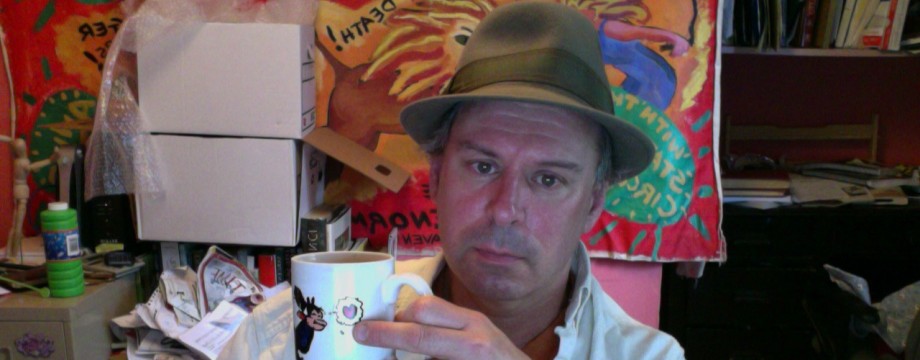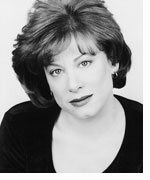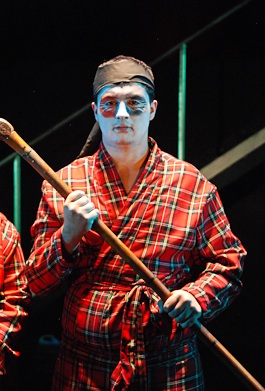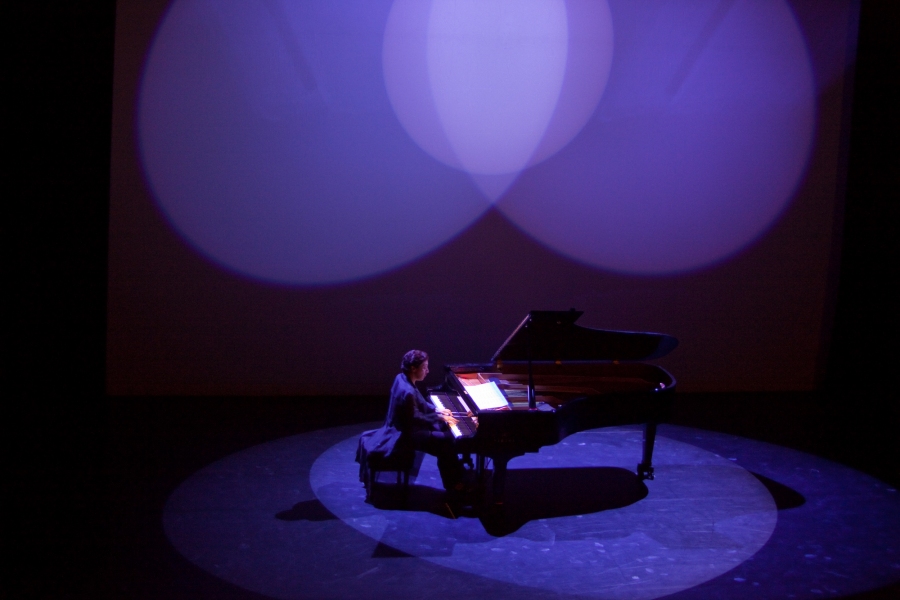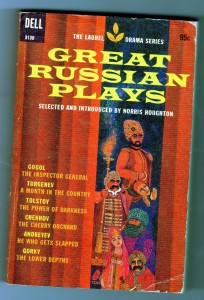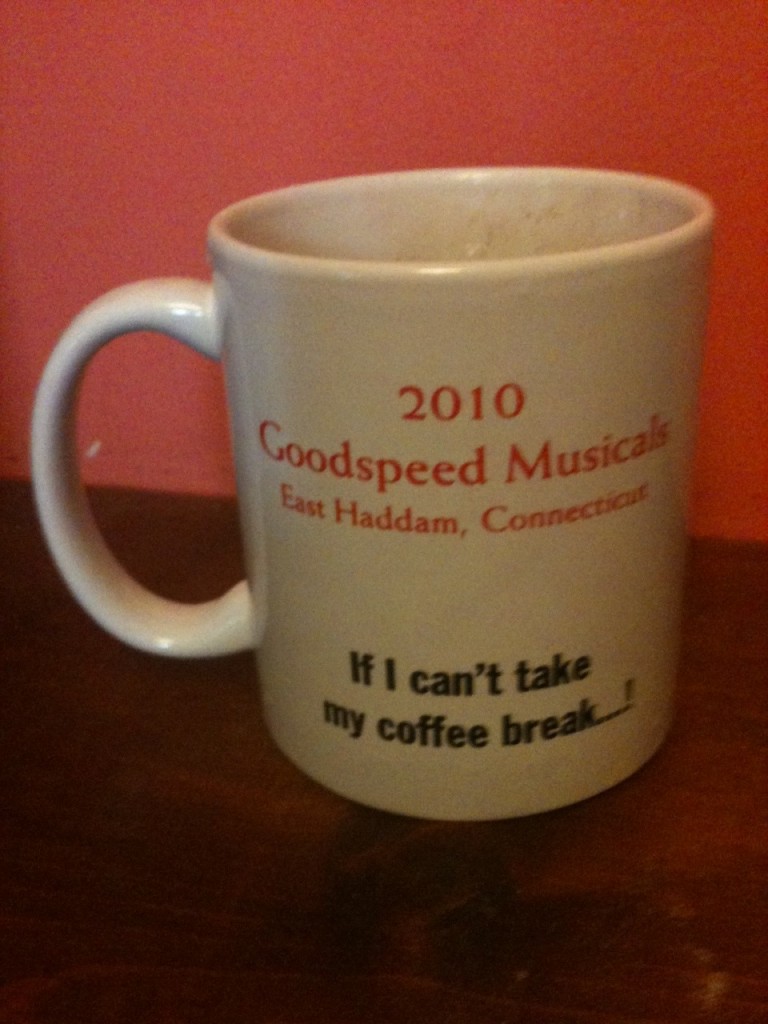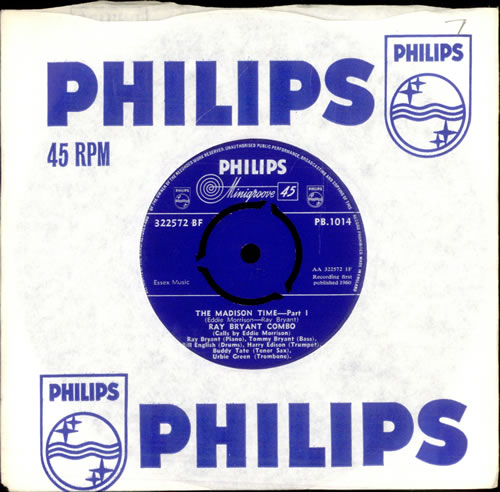
The Bretts: The Complete Collection (2011, Acorn Media)
My father imagined himself in the tradition of the great old British actor/managers of yore—he was English, and for decades he ran summer stock theaters where he regularly directed, acted and consulted on everything from design to promotion.
That actor/manager model seems ancient now, at least in the professional theater. But they were still firmaments in the West End theatrical landscape when my father was a child.
The end of that era is chronicled in the grandiose, generously melodramatic comical-drama series The Bretts, has gotten a full-blown 6-CD box set treatment from Acorn Media. No bonus features, but they’re not required; theater history books exist in other media, and the glories of series co-creator Rosemary Anne Sisson (writer of Upstairs, Downstairs and many, many British mystery shows in the 1970s and ‘80s) have been sung elsewhere. As an artistic entity, The Bretts is as self-contained as the multi-faceted theater family it’s about.
Charles Brett is an actor/entrepreneur who has spent a lifetime burnishing his own legend. He owns a London theater and is scion of what has become a famous theater family. He’s played Norman Rodway, an actor now in his 80s but who got a lot of press last year for the director’s-cut reissue of Barry Hershey’s 1995 film A. Hitler, in which Rodway plays the title role. While Charles Brett is not a fascist dictator, he unleashes a mean scowl when his ego is bruised. This occurs multiple times an episode, since even he can see that his small empire is crumbling due to fickle audiences, the new medium of motion pictures, and other constrant threats to his livelihood. (More than one adventure concerns someone on the theater staff absconding with funds, and there’s a non-stop disdain for critics and reporters.)
Charles’ wife is the company’s diva Lydia Brett (Barbara Murray, who as a movie starlet in the 1950s and ‘60s appeared in Passport to Pimlico and a couple of the Dirk Bogarde Doctor in the House films; she was on TV steadily from the ‘60s through the ‘90s, including The Power Game and The Pallisers). Lydia’s concerned about aging but also cognizant that by having such an illustrious career she has become a national treasure. (We see her opening the London production of Strike Up the Band and being courted by Broadway, radio and the movies). When not acting, Lydia frets about her children, three of whom haven’t flown far from the nest: Edwin, a middling leading-man type actor (David Yelland); Martha (Belinda Lang, who went on to several other British TV series), an actress with genuine star quality who applies a risk-taking approach to both her onstage and frolicsome offstage activities; and Thomas (George Winter) , a young playwright whose radical, non-commercial dramas challenge the theater traditions exemplified by his parents.
There is a revelation about Thomas early in the series, and quite a lot of violence and tragedy delivered upon The Bretts’ chauffeur, butler and kitchen staff. But it’s all secondary to the changes in British society during the 1920s and ‘30s. We see the rise of silent movies (in which Edwin becomes a bigger celebrity than his father) and the rise of Socialism. Martha dates a conservative politician. A relative of the chauffeur Hegarty (Billy Boyle, who joins the cast in episode two when the Bretts decide to purchase a motorcar) gets targeted by the IRA.
In the late ‘80s, The Bretts was derided by TV critics as too obvious a knock-off of Upstairs, Downstairs, since both shows involved writer Rosemary Anne Sisson and both contrasted the activities of the upper-class inhabitants of a London house with the decidedly different pursuits and perspectives of their servants. It also didn’t help that both shows were featured in the U.S. as part of PBS’ Masterpiece Theatre. But if comparisons insist on being drawn, The Bretts makes much better use of its multi-class, multi-media elements than Upstairs, Downstairs. It needs all its elements because it’s about more than daily living in changing times. It plunges its characters into new industries, new movements and new ways of thinking. Its reach is global—there are obnoxious Americans in numerous episodes, and in one of my favorites, Thomas goes to Berlin where he meets Bertolt Brecht, hooks up with a dubious example of faded European royalty and is presumed homosexual.
There are the sort of contrivances you expect from shows that play dramatic fiction in front of historical backdrops. But a lot of the connections are subtle, or told with empathy rather than sensationalist stereotyping. The characters range from extreme traditional to extremely radical to extreme criminal to extremely naïve, but they’re not played extreme. Since the world in which The Bretts dwell is so outwardly theatrical, there’s a special effort made to make them—and their servants, colleagues, lovers, hangers-on…—seem human.
As far as the theater history aspect of the show is concerned, it’s as useful as any textbook on British theater in the first half of the 20th century. We’re shown how performing styles clashed, how censorship restrictions loosened, how social issues were finding a place in contemporary mainstream dramas well before the 1950s. We see The Bretts stage an old-fashioned musical theater holiday panto, and we see them acclimate to radio drama and silent pictures. We also get a sense of what it was like to run a theater business at the turn of the 20th century, and how much that business changed with the advent of mass media.
I haven’t seen The Bretts since it first aired a quarter-century ago, when my father and I would look forward to watching it together. Rediscovering it through Acorn Media’s much-welcome box set (an earlier, less prettily packaged 5-disk set came out from another company in 2003, but quickly disappeared), I was surprised at how many episodes there were: 13 in season one, another six in season two. I see from the PBS website
http://www.pbs.org/wgbh/masterpiece/archive/91/91.html that there were only eight weeks of Season One of The Bretts on Masterpiece Theatre; were some of those double-length slots, or did some episodes never air in the U.S.? No matter; all 19 are here now, smartly cleaned up and looking much crisper than a lot of ‘TV transfers of this vintage.
I blew through this whole set gleefully in a matter of days, and intend to rewatch it in full very soon. It holds up a lot better than some of those tiresome plays-within-teleplays it stages. Though it’s not afraid to show the sexism, violene, corruption and other horrors of its era, everything about The Bretts is theater-savvy, in-jokey and entertaining. It not only mocks those heavy-handed old stage melodramas, it learns from them.
